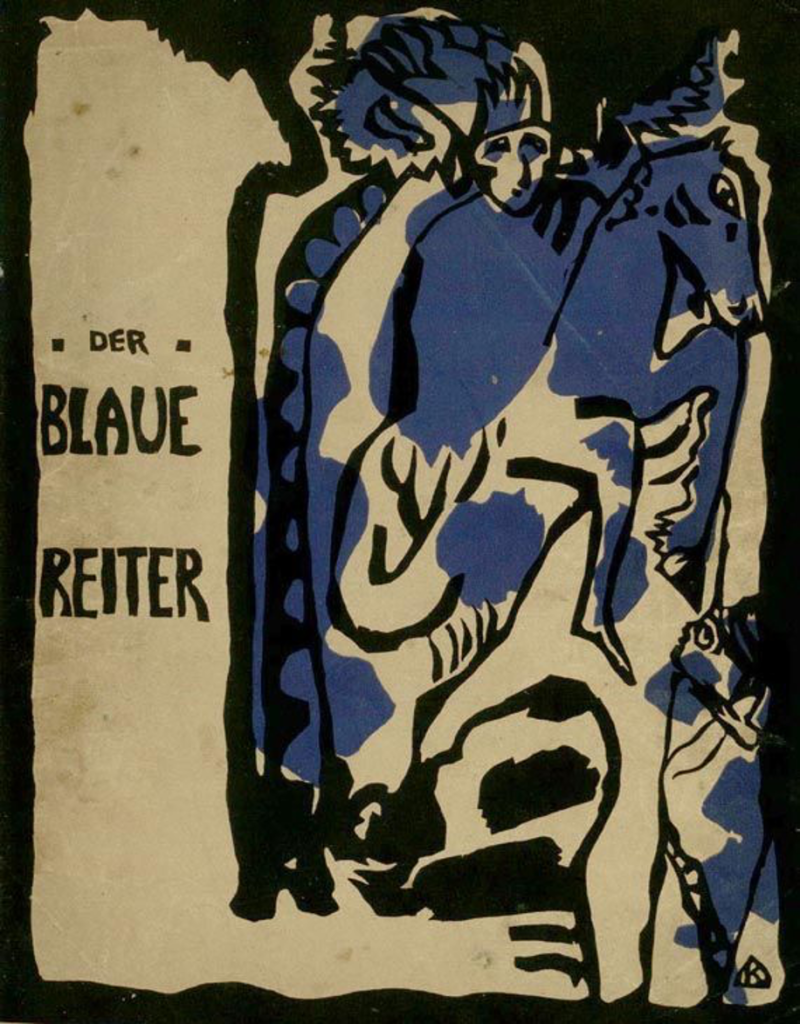The triumph of abstraction in contemporary art
The diffusion of abstract art
Abstract art is an artistic trend that developed in the first decade of the 20th century, following the exhibition of the work Les Demoiselles d’Avignon (1907) by Pablo Picasso (1881-1973); under the influence of the cubism of Picasso, Paul Cézanne (1839-1906) and George Braque (1882-1963), new artistic trends spread in which figurative and realistic representation disappeared. Portraits, landscapes and still lifes were replaced by lines and colours, favouring concepts and sensations.

Pablo Picasso, Les Demoiselles d’Avignon, 1907, oil on canvas, 244 x 234 cm, Museum of Modern Art MoMa New York
Abstract art developed differently in Europe than in the United States. Abstractionism is mainly attributed to Wassily Kandinsky (1866-1944), founder of the group Der Blaue Reiter in 1911, along with the artists Paul Klee (1879-1940) and Franz Marc (1880-1916), who were also important exponents of abstract and geometric painting.

Wassily Kandinsky, Der Blaue Reiter Almanaque, 1912
In creating their works they drew inspiration from nature and music, as evidenced by Klee’s paintings of trees and villages and the publication of the book On the Spiritual in Art (1910) in which Kandinsky theorises on abstraction, the meaning of colours and shapes.
Geometric abstraction developed later, especially with the Dutch painter Piet Mondrian (1872-1944), whose works consist only of lines, squares and rectangles in red, yellow, blue or black. Abstraction reached its peak with the American Jackson Pollock (1912-1956) and his canvases produced using the dripping technique, in which colour is dripped onto the painting on the ground.

Piet Mondrian, Composition in red, yellow, blue, black and white, 1921, oil on canvas
Abstract art in Spain and the paintings of Lanzarote Art Gallery
In Spain, too, abstraction began to flourish with artists such as the Madrid-born Pablo Palazuelo de la Peña (1915-2007), Marcel Martí Badenes (1925-2010) and Joan Hernández Pijuan (1931-2005).
Although it has long been criticised and rejected by academics, abstractionism was a great success and still survives today. In recent years, abstract paintings have been highly appreciated by the public for their simple forms and expressive brushstrokes. These works began to spread in museums and art galleries.

Ana Reynolds, Wind, 2022, mixed media on wood, 89 x 116 cm
Nowadays you can find abstract art in the Canary Islands, in the Lanzarote Art Gallery in Costa Teguise (Lanzarote, Las Palmas) which has many abstract works of various national and international artists. Among them Ana Reynolds (1971) with her delicate palette of colours and a very personal language that finds its inspiration in nature, as we can see in the works Earth (2022), Sea (2022), Rain (2022), Ocean (2023) or Seabed (2023).




